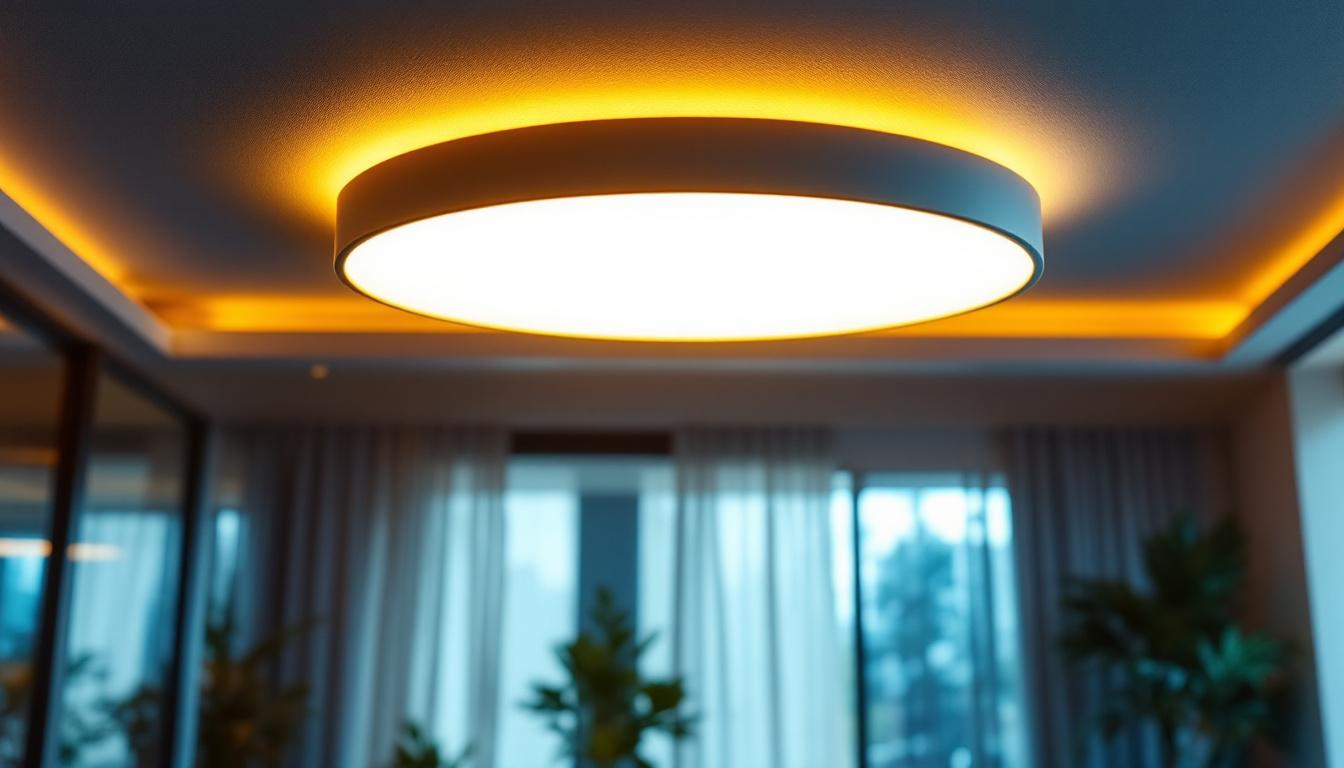
As the demand for sustainable and energy-efficient solutions grows, solar lights have emerged as a popular choice for outdoor lighting. For lighting contractors, understanding the science behind solar lighting technology is essential to provide clients with effective and reliable solutions. This article delves into the principles of solar lighting, its components, advantages, and considerations for installation, ensuring that contractors are well-equipped to meet the needs of their customers.
Solar lights operate on a straightforward principle: they convert sunlight into electricity, which is then used to power LED lights. This process involves several key components and technologies that work together to create an efficient lighting solution.
At the core of solar lights are three main components: solar panels, batteries, and LED lights. Each plays a critical role in the functionality of the system.
Solar panels, typically made of silicon, capture sunlight during the day and convert it into electrical energy. This energy is then stored in batteries, which are usually rechargeable lithium-ion or nickel-metal hydride types. Finally, the stored energy powers the LED lights, providing illumination during the night.
In addition to these primary components, solar lights may also include sensors and controllers that enhance their functionality. For instance, motion sensors can detect movement, allowing lights to turn on only when needed, thereby conserving energy. Some systems are equipped with timers or smart technology that can adjust the brightness based on ambient light levels, further optimizing energy use and extending the lifespan of the components.
Solar panels function based on the photovoltaic effect. When sunlight hits the solar cells, it excites electrons, creating an electric current. This process is highly efficient, with modern solar panels converting a significant percentage of sunlight into usable energy. The amount of energy produced depends on factors such as the panel’s efficiency, the angle of sunlight, and the duration of exposure.
Understanding the efficiency ratings of solar panels is crucial for contractors, as it directly impacts the performance of the solar lighting system. Higher efficiency panels may have a higher initial cost but can provide better long-term value through increased energy production. Furthermore, advancements in solar technology are continually emerging, with innovations such as bifacial solar panels that capture sunlight from both sides, potentially increasing energy output in various installation scenarios.
Batteries are essential for storing the energy generated by solar panels. They allow for the use of solar lights even when the sun is not shining. The capacity of a battery determines how long the lights can operate after sunset. For contractors, it is vital to select batteries that are compatible with the solar panels and LED lights to ensure optimal performance.
Additionally, battery management systems can enhance the lifespan and efficiency of the batteries by preventing overcharging and deep discharging. This is an important consideration when designing solar lighting systems for clients. Moreover, the choice of battery technology can affect not only performance but also environmental impact. For instance, lithium-ion batteries are favored for their high energy density and longevity, while newer technologies, such as flow batteries, are being explored for their potential in large-scale energy storage applications, which could revolutionize solar lighting systems in the future.
Solar lighting offers numerous benefits that make it an attractive option for outdoor lighting solutions. Understanding these advantages can help contractors sell solar lighting systems more effectively.
One of the most significant advantages of solar lighting is its energy efficiency. Since solar lights rely on sunlight, they do not incur electricity costs, making them a cost-effective solution in the long run. This is particularly appealing for clients looking to reduce their energy bills.
Moreover, the initial investment in solar lighting can often be recouped over time through savings on energy costs. Additionally, many regions offer incentives for installing solar lighting, further enhancing its financial appeal. For instance, tax credits and rebates can significantly lower the upfront costs, making solar lighting an even more attractive option for budget-conscious clients. Furthermore, as energy prices continue to rise, the long-term savings associated with solar lighting become increasingly advantageous, allowing homeowners and businesses to allocate their resources to other important areas.
Solar lighting is a sustainable alternative to traditional lighting systems. By harnessing renewable energy, it reduces dependence on fossil fuels and minimizes carbon emissions. This environmental benefit is increasingly important to clients who prioritize sustainability in their purchasing decisions.
Contractors can leverage this aspect when discussing solar lighting options with clients, emphasizing the positive impact on the environment while still providing effective lighting solutions. Additionally, solar lighting systems can contribute to biodiversity by reducing light pollution, which can disrupt local wildlife. By choosing solar lighting, clients not only enhance their outdoor spaces but also support ecological balance, making it a responsible choice for environmentally-conscious consumers.
Another advantage of solar lights is their ease of installation. Since they do not require extensive wiring or electrical work, contractors can install solar lighting systems quickly and efficiently. This can lead to reduced labor costs and faster project completion times.
Maintenance is also minimal, as solar lights typically have long-lasting LED bulbs and durable components. Regular cleaning of the solar panels is usually the only maintenance required to ensure optimal performance. Additionally, many modern solar lights come equipped with smart technology that allows for remote monitoring and control, further simplifying maintenance. This feature not only enhances the user experience but also provides clients with peace of mind, knowing they can easily manage their lighting systems from their smartphones or tablets. As solar technology continues to evolve, the reliability and functionality of solar lighting systems are likely to improve, making them an even more appealing choice for outdoor illumination.
While solar lighting has many advantages, there are several considerations that contractors should keep in mind during the installation process. Proper planning and execution are essential for maximizing the benefits of solar lighting systems.
A thorough site assessment is crucial before installing solar lights. Factors such as the amount of sunlight the location receives, potential obstructions, and the intended use of the lighting must be evaluated. Areas with heavy shade from trees or buildings may not be suitable for solar lights, as insufficient sunlight will reduce their effectiveness.
Contractors should also consider the layout of the lighting system, ensuring that lights are spaced appropriately to provide adequate illumination without creating dark spots. This planning phase is essential for achieving the desired lighting outcome.
Selecting the right solar lighting products is vital for ensuring a successful installation. Contractors should consider factors such as the brightness of the LED lights, the capacity of the batteries, and the efficiency of the solar panels. Each project may have unique requirements, and understanding the specifications of different products is key to meeting those needs.
Additionally, contractors should stay informed about advancements in solar technology, as new products may offer improved performance and efficiency. This knowledge can help contractors provide clients with the best options available.
Before installing solar lighting systems, contractors must be aware of local regulations and codes. Some areas may have specific requirements regarding the installation of solar lights, including safety standards and permits. Ensuring compliance with these regulations is essential to avoid potential legal issues and to guarantee the safety of the installation.
Contractors should also communicate with clients about any necessary permits or approvals that may be required, helping to streamline the installation process and set clear expectations.
As technology continues to evolve, the solar lighting industry is poised for significant advancements. Staying abreast of these trends can help contractors remain competitive and provide cutting-edge solutions to their clients.
One of the most exciting developments in solar lighting is the integration of smart technology. Smart solar lights can be controlled remotely via smartphones or other devices, allowing users to adjust brightness levels, set timers, and monitor energy usage.
This technology not only enhances user convenience but also allows for more efficient energy management. Contractors who offer smart solar lighting solutions can appeal to tech-savvy clients looking for modern and customizable lighting options.
Battery technology is continually advancing, with new developments leading to longer-lasting and more efficient batteries. Innovations such as lithium-sulfur and solid-state batteries may soon offer even greater energy storage capabilities, enabling solar lights to operate for extended periods without sunlight.
Contractors should keep an eye on these advancements, as they can significantly impact the performance and reliability of solar lighting systems. Educating clients about the benefits of newer battery technologies can also enhance their confidence in solar solutions.
As solar lighting becomes more mainstream, manufacturers are focusing on aesthetics and design. Modern solar lights come in various styles and finishes, allowing contractors to offer solutions that complement the architecture and landscaping of their clients’ properties.
Contractors can differentiate themselves by showcasing a range of stylish solar lighting options, helping clients find products that not only meet their functional needs but also enhance the overall look of their outdoor spaces.
Solar lights represent a significant opportunity for lighting contractors to provide sustainable, energy-efficient solutions to their clients. By understanding the science behind solar lighting technology, its advantages, and the considerations for installation, contractors can confidently recommend and install solar lighting systems that meet the diverse needs of their customers.
As the industry continues to evolve, staying informed about trends and advancements will be crucial for contractors looking to remain competitive. By embracing solar lighting technology, contractors can contribute to a greener future while delivering high-quality lighting solutions that enhance outdoor spaces.
Ready to elevate your outdoor lighting projects with the latest solar technology? At LumenWholesale, we provide lighting contractors like you with the highest quality, spec-grade solar lighting products at unbeatable wholesale prices. Say goodbye to local distributor markups and hello to our extensive selection that meets rigorous industry standards. With free shipping on bulk orders, you can trust that you’re getting premium lighting solutions at the best value — no hidden fees, no compromises. Enhance your outdoor spaces with the perfect blend of quality, affordability, and convenience. Take the next step and explore our Wholesale Lighting at the Best Value today.

Discover essential insights into garage ceiling fans with our comprehensive guide tailored for lighting contractors.

Discover how the choice between 5000K and 6000K lighting is revolutionizing the work of contractors.

Discover the top benefits of ceiling uplight fixtures for lighting contractors.

Discover the ultimate guide to the best LED garage lights tailored for lighting contractors.